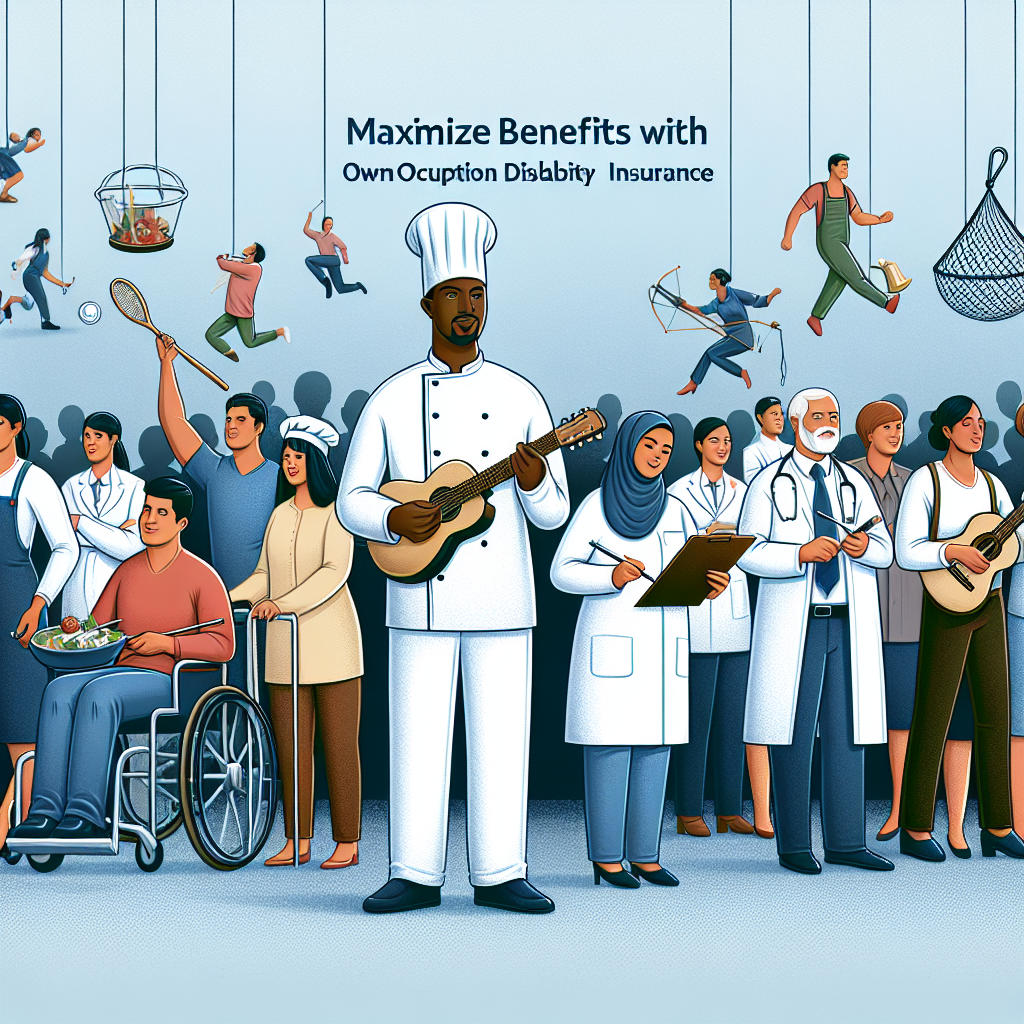Filed under Health Insurance on
Understanding Shoprite Health Insurance Options

When it comes to employee benefits, health insurance is often at the top of the list. It's a crucial component for attracting and retaining top talent, providing peace of mind to employees by safeguarding their health and financial well-being. For employees at Shoprite, understanding their health insurance options can be a significant advantage. This article will take an in-depth look at what Shoprite offers, helping you make informed decisions tailored to your needs.
Overview of Shoprite Health Insurance Options
Shoprite, one of the leading retailers in the United States, is committed to supporting the health and wellness of its employees. They offer a comprehensive range of health insurance plans to cater to the diverse needs of their workforce, ensuring they have access to quality healthcare services.
Types of Health Insurance Plans Offered
Understanding the various types of health insurance plans available through Shoprite is essential. Here's a closer look at what employees might expect:
- Health Maintenance Organization (HMO): HMOs typically require employees to choose healthcare providers within a specified network and often require referrals for specialists. These plans generally have lower premiums but less flexibility in choosing healthcare providers.
- Preferred Provider Organization (PPO): PPOs offer more flexibility by allowing employees to visit providers both within and outside the network, often without needing referrals. While premiums may be higher, the convenience and choice can be an advantage for many.
- High Deductible Health Plan (HDHP): Often paired with Health Savings Accounts (HSAs), HDHPs involve higher deductibles but lower premiums. They are beneficial for employees who prefer lower monthly payments and are comfortable managing routine health expenses out of pocket.
Eligibility and Enrollment
To be eligible for Shoprite's health insurance plans, employees must meet certain criteria, typically tied to their employment status (full-time or part-time) and the duration of employment. Enrollment periods can vary, but new employees are generally eligible to enroll after a set waiting period. It's critical to adhere to open enrollment periods to ensure coverage without interruptions.
The Importance of Understanding Your Coverage
Choosing the right health insurance plan is more than just selecting the one with the lowest premiums. Coverage that aligns with your health needs and financial situation is key. Here's why understanding your coverage matters:
- Cost Savings: By understanding the specifics of each plan, including co-pays, deductibles, and out-of-pocket maximums, you can select a plan that minimizes overall costs.
- Access to Care: Ensure that your preferred doctors, hospitals, and clinics are within the plan’s network to maintain continuity in your healthcare.
- Financial Protection: Knowing what is covered under your policy can protect you from unexpected, high medical expenses.
Real-Life Example: Balancing Costs and Coverage
Consider the example of Jane, a full-time Shoprite employee. Jane initially gravitated towards a PPO plan because it offered the flexibility to visit any doctor. However, after analyzing her healthcare needs—predicting lower healthcare utilization in the coming year—Jane decided to switch to an HDHP. With the premium savings, she was able to contribute to an HSA, which she used for potential future health expenses, thereby maximizing tax advantages. Jane’s case exemplifies the importance of evaluating personal needs and potential healthcare use when selecting a plan.
Practical Tips for Choosing the Right Plan
Shopping for health insurance involves many factors. Here are some practical tips to guide your decision-making process:
Assess Your Healthcare Needs
Look at your previous year's medical expenses and predict any major life changes that could impact your healthcare needs, such as family additions or planned surgeries.
Compare Plan Details
- Premiums: Evaluate the monthly cost versus what you can afford.
- Deductibles and Co-pays: Consider how much you will need to pay out of pocket before your insurance starts covering costs.
- Provider Networks: Verify whether your doctors and local hospitals are included in the plan's network.
- Prescription Drug Coverage: Ensure your medications are covered and understand the copay structure.
Utilize Available Resources
Take advantage of the resources Shoprite provides, such as customer service hotlines, informational booklets, and online comparison tools. These tools can provide valuable insights into which plan best suits your needs.
FAQ Section
1. How does Shoprite determine eligibility for health insurance?
Eligibility for Shoprite health insurance typically depends on employment status. Full-time employees are generally eligible, and there are often waiting periods for new hires before they can enroll.
2. Can part-time employees access Shoprite health insurance plans?
Access for part-time employees varies based on specific store policies and state regulations. It's best to consult your HR department to understand your eligibility.
3. What is the difference between in-network and out-of-network providers?
In-network providers have agreements with your insurer to offer discounted rates, saving you money. Out-of-network providers do not have these agreements, often resulting in higher costs for services.
4. What happens if I miss the open enrollment period?
If you miss the open enrollment period, you may not be able to enroll until the next period unless you qualify for a special enrollment due to life events, such as marriage or the birth of a child.
5. How can I change my health insurance plan through Shoprite?
Employees can update their plans during the open enrollment period annually or during a special enrollment period triggered by qualifying life events. Contact HR for guidance on the process.
Choosing the right health insurance plan is a personal decision that requires careful consideration of your health needs and financial situation. Shoprite's variety of options empowers employees to make informed choices, ensuring that they and their families are adequately covered. By leveraging available resources, understanding plan differences, and assessing personal healthcare habits, Shoprite employees can confidently navigate their health insurance options.





